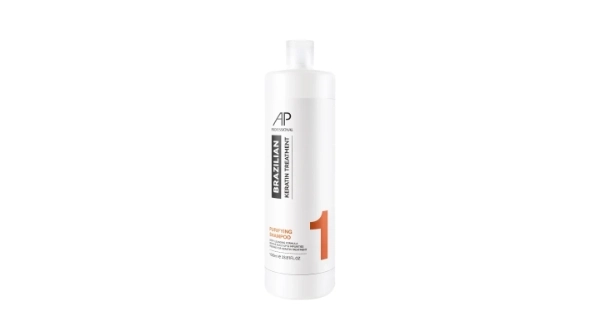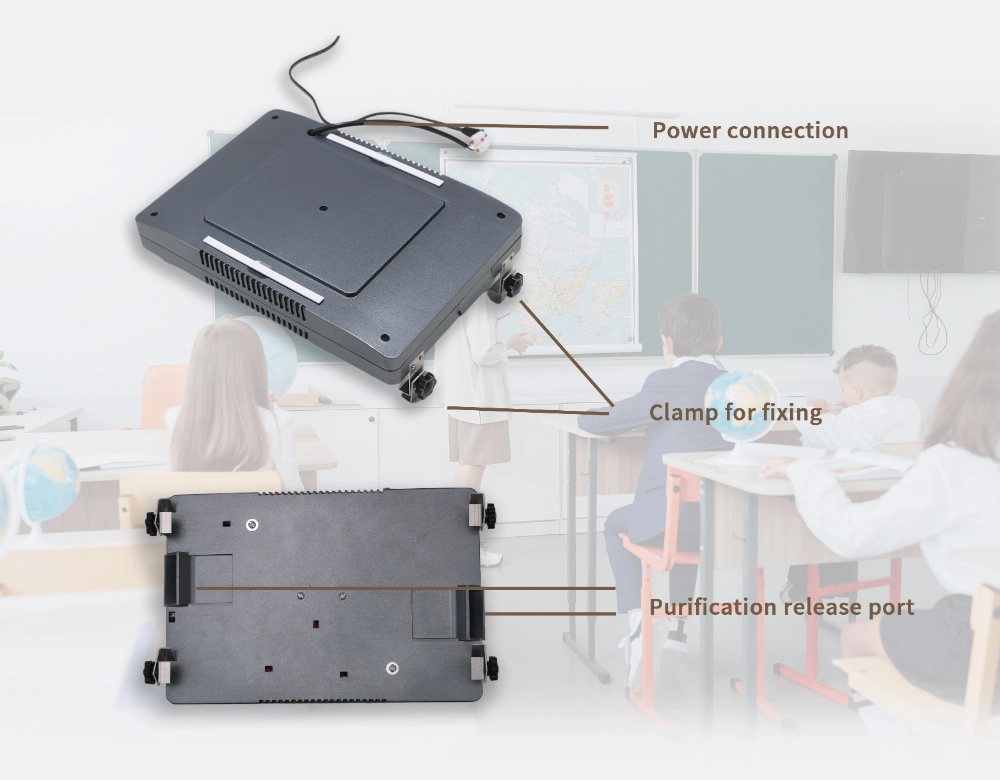Illuminating Your Shots: Mastering the Art of Fill Light in Photography
In the realm of photography, light is the most crucial element that can make or break an image. While natural light can create stunning visuals, it often presents challenges, particularly in high-contrast situations. This is where fill light comes into play. Understanding how to effectively use fill light can elevate your photography, allowing you to capture images with balanced exposure and enhanced detail. In this article, we will explore the concept of fill light, its applications, and practical techniques to incorporate it into your photography workflow.
Understanding Fill Light
Fill light is a secondary light source used to illuminate shadows in a scene, ensuring that details are not lost in the darker areas of your photograph. Unlike the primary light source, which creates the main illumination and defines the subject, fill light serves to soften shadows and reduce contrast. This technique is particularly useful in portrait photography, product photography, and any scenario where harsh lighting conditions can detract from the overall composition.
The Importance of Fill Light
- Enhancing Detail: Fill light helps to reveal details in shadowed areas, providing a more comprehensive view of the subject. This is especially important in portrait photography, where facial features can easily become obscured in shadows.
- Creating Mood: The use of fill light can significantly alter the mood of an image. A soft fill light can create a dreamy, ethereal quality, while a stronger fill can produce a more vibrant and energetic feel.
- Balancing Exposure: In high-contrast environments, fill light can help balance the exposure between highlights and shadows, resulting in a more evenly lit image. This is particularly beneficial in outdoor photography, where sunlight can create harsh shadows.
Types of Fill Light
- Natural Fill Light: Utilizing ambient light, such as reflected sunlight or light bouncing off surfaces, can serve as an effective fill light. For instance, shooting in open shade or near reflective surfaces can provide a natural fill that softens shadows without the need for additional equipment.
- Artificial Fill Light: This includes the use of external light sources such as flash units, continuous lights, or LED panels. These can be adjusted in intensity and direction to achieve the desired effect.
- Reflectors: A simple yet powerful tool, reflectors can bounce existing light onto your subject, acting as a fill light. They come in various colors (white, silver, gold) to create different effects and can be easily transported for outdoor shoots.
Techniques for Using Fill Light
- Positioning: The placement of your fill light is crucial. Ideally, it should be positioned at a 45-degree angle to the subject and slightly below eye level to mimic natural light. This positioning helps to create a more flattering light that enhances the subject's features.
- Adjusting Intensity: The strength of your fill light should be less than that of your main light source. A common practice is to set the fill light to one or two stops lower than the key light. This ensures that the fill light complements rather than competes with the primary light.
- Diffusion: To achieve a softer fill light, consider using diffusion materials such as softboxes or diffusion fabrics. These tools help to spread the light evenly, reducing harsh shadows and creating a more pleasing effect.
- Experimentation: Don’t hesitate to experiment with different fill light techniques. Adjusting the distance, angle, and intensity can yield various results. Take test shots and analyze how the fill light interacts with your subject and the environment.
Common Mistakes to Avoid
- Overusing Fill Light: While fill light is beneficial, overdoing it can lead to flat images lacking depth. Strive for a balance that maintains the natural contrast of the scene.
- Ignoring Color Temperature: Ensure that your fill light matches the color temperature of your primary light source. Mismatched color temperatures can result in unnatural-looking images. Use gels or adjust your camera settings to maintain consistency.
- Neglecting Background: When using fill light, pay attention to how it affects the background. A well-lit subject can appear disconnected from a poorly lit background. Consider using background lights or reflectors to create a cohesive look.
Conclusion
Mastering the use of fill light in photography is an essential skill that can significantly enhance your images. By understanding its purpose, types, and techniques, you can create stunning photographs that capture the full essence of your subjects. Whether you are a beginner or an experienced photographer, incorporating fill light into your workflow will undoubtedly elevate your artistry. Remember, the key to great photography lies not just in the light you use, but in how you manipulate it to tell your story. So grab your camera, experiment with fill light, and watch your photography transform!




